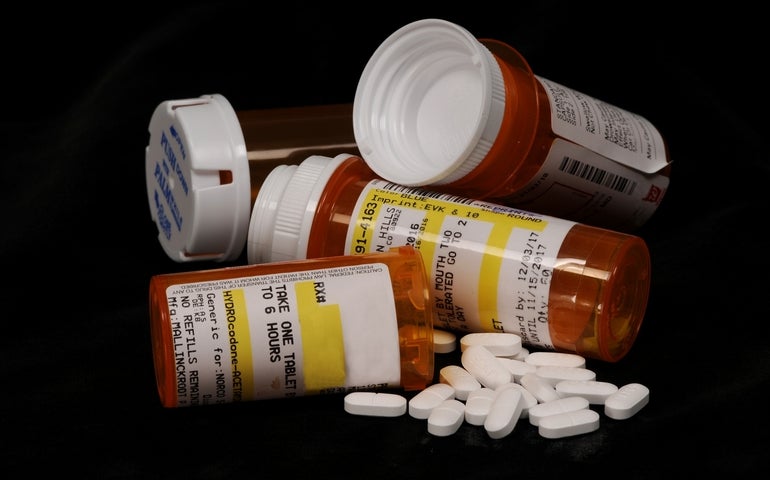Massachusetts is making continued progress on cutting down on the number of opioid-related deaths, according to the latest quarterly report from the state Wednesday.
The Massachusetts Department of Public Health released preliminary numbers showing a still-high but declining number for 2019. The state had 2,023 confirmed and estimated opioid-related overdose deaths last year, compared to 2,097 at the peak in 2016, a drop of 3.5%.
In 2019, the opioid-related overdose death rate was 29 per 100,000 people, compared to 30.5 per 100,000 people in 2016, the state said.
Overdose statistics by community are not yet available. But in Department of Public Health data released last May, four Central Massachusetts cities were among just 10 statewide where the state said the number of opioid deaths rose by at least 20% between 2017 and 2018. In Worcester, fatalities rose from 80 to 97. Marlborough rose from five to 14, Framingham from eight to 19, and Gardner from eight to 11.
[Related: Report: Worcester County’s opioid crisis more complex than West Virginia’s]
In the latest data for 2019, fentanyl continued to be present in a bulk of overdose deaths.
Fentanyl, a synthetic opioid far stronger than heroin and sometimes mixed with or substituted for it, was found in 93% of toxicology studies in overdose deaths through the first three quarters of the year, the state aid. Heroin has conversely declined in share of deaths, including 25% through the first nine months of 2019. Prescription opioids, which were highest in the early years of the epidemic, were found in 13%.
The state reported what it said was progress on monitoring programs in place for prescription opioids.
The number of people who received prescriptions for opioids in the fourth quarter of 2019 was 225,000, a drop of 42% from the first quarter of 2015. The number of health providers checking with a patient’s prescription history before using an opioid prescription rose 18% from the prior quarter, surpassing 2.8 million.

